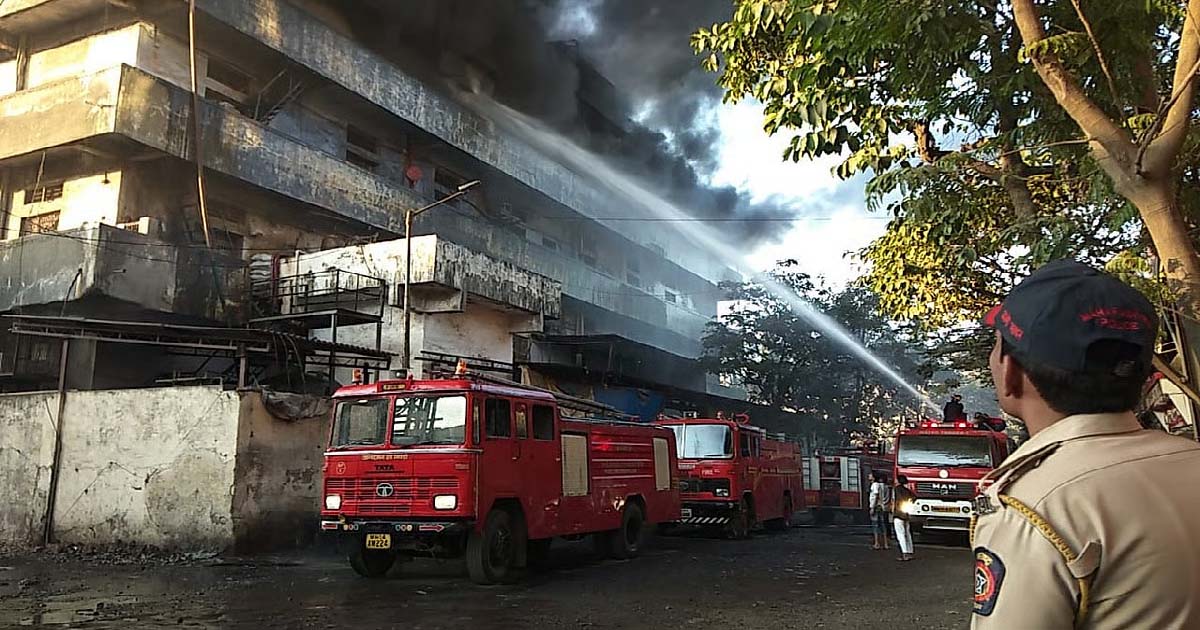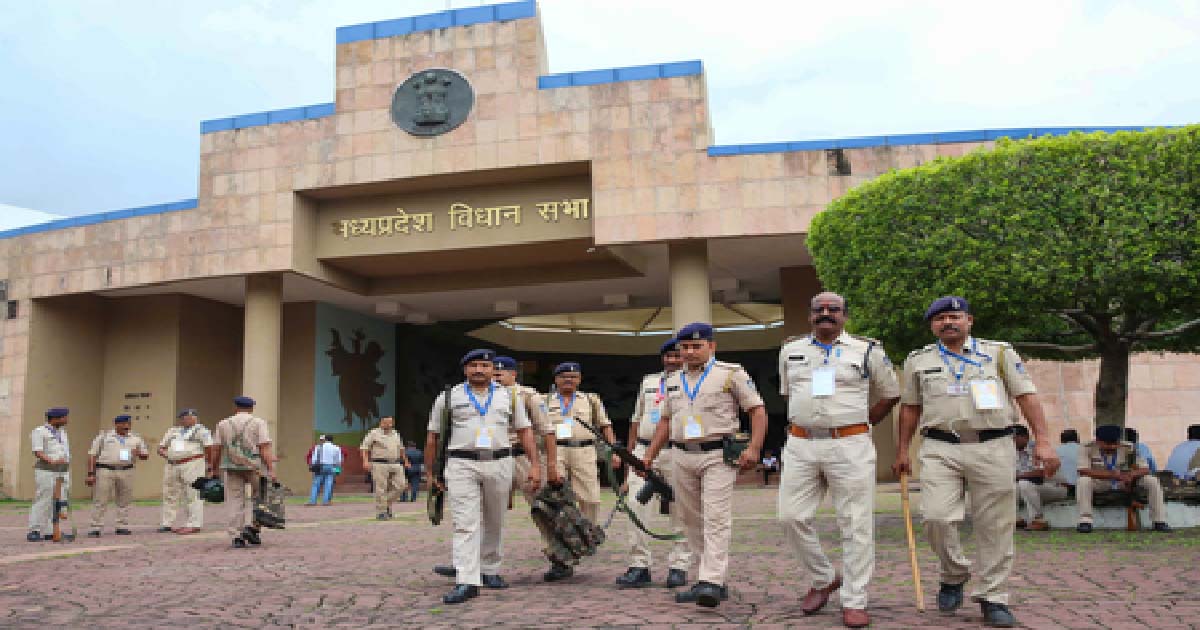National News
SC junks Rana Ayyub’s plea challenging Ghaziabad court summons against her in PMLA case

The Supreme Court on Tuesday dismissed a plea filed by journalist Rana Ayyub challenging summonses issued by a special court in connection with a Prevention of Money Laundering Act (PMLA) case.
A Bench of Justices V. Ramasubramanian and J.B. Pardiwala said that under Section 3 PMLA the place where any of the six activities are carried out and that is the place where offence of money laundering takes place and the question as to which is the place is a question of fact decided on evidence. “We leave it open to raise this issue before trial court. We are dismissing this petition,” said the bench.
During the hearing, the Enforcement Directorate had argued that Ayyub received money through a crowdfunding platform for the purpose of slum dwellers, Covid, and some work in Assam, however she diverted the money and used it for “personal enjoyment”.
Advocate Vrinda Grover, representing Ayyub, had argued that can her client be deprived of personal liberty by a procedure not authorised by law? She said the ED has attached her client’s personal bank account in a bank at Navi Mumbai in which around Rs 1 crore was lying. Grover pressed that the Ghaziabad court has no jurisdiction to try the offence as the alleged act is claimed to have been committed in Mumbai.
Solicitor General Tushar Mehta, representing the ED, submitted that Ayyub raised funds of three aspects — slum dwellers, Covid, and for some work in Assam — on Ketto, which is a crowdfunding platform. He added that nearly Rs 1 crore was collected and Rs 50 lakh was transferred to a personal account in fixed deposit, and after the first campaign was over she kept receiving money. “We found that money was diverted…used for personal enjoyment…people were donating crores without knowing where money was going…,” said Mehta.
He further submitted that a prosecution complaint was filed in the Ghaziabad court by the agency as part of the cause of action that had arisen in Uttar Pradesh, where many people, including from Ghaziabad, donated money for her crowdfunding campaign.
On January 31, the top court had reserved its judgment on Ayyub’s plea.
National News
Mumbai: Bhiwandi’s Fire Safety On The Brink As BNCMC Battles Severe Manpower Shortage

Bhiwandi: Despite a surge in warehouse fires and industrial accidents across Bhiwandi, the BNCMC Fire Department is functioning with barely one-third of its sanctioned manpower. Modern engines, rescue vans and upgraded gear lie idle not due to lack of resources, but because there are simply not enough trained firefighters to operate them. The lives of lakhs of residents and the safety of more than 50,000 warehouses now hang in the balance.
The Bhiwandi-Nizampur City Municipal Corporation (BNCMC) Fire Department the city’s primary emergency response unit is under severe strain due to an alarming shortage of staff. The department has received new fire engines, rescue vehicles and modern equipment over the past few years, but its firefighting capacity has been badly compromised as critical posts remain vacant and recruitment has stalled for nearly a decade.
Bhiwandi city houses more than 12 lakh residents, with another 4 lakh living in surrounding rural pockets. Despite this massive population and a sprawling high-risk warehouse belt, the responsibility of handling fires and industrial accidents falls solely on the BNCMC fire brigade.
Years of halted recruitment have pushed the force to operate at a fraction of the required strength.
Official data shows that out of 160 sanctioned posts, only 49 are currently filled. Key leadership positions including Chief Fire Officer and Deputy Chief Fire Officer remain vacant, placing extraordinary pressure on in-charge officers.
To fill immediate gaps, BNCMC is even forced to use drivers from the vehicle department to operate fire tenders a practice firefighters say is unsafe and unsustainable.
The BNCMC Fire Department maintains a substantial fleet of 32 emergency vehicles, including fire engines, multipurpose engines, water browsers, mini-tenders, rescue vans and fire bikes.
However, several of these vehicles remain idle due to a shortage of trained operators. Fire bikes procured specifically to navigate narrow, congested lanes have not been deployed for more than a year.
Data from 2021 to 2024 highlights rising pressure on the already depleted force:
• 546 fire incidents in the city
• 479 fire incidents in rural areas
• 510 rescue operations in the city
• 201 rescue operations in rural areas
The rural warehouse belt poses the biggest challenge, with narrow lanes, broken roads, water scarcity and chronic congestion. Many godowns store flammable chemicals, causing fires to burn for up to two days and requiring assistance from Thane, Kalyan and Ulhasnagar brigades.
Bhiwandi’s rural region hosts more than 50,000 warehouses belonging to major national and international companies. Lakhs of workers travel daily to this logistics hub.
Since 2009, this entire belt has been under MMRDA jurisdiction, which collects crores in development charges annually. Yet, not a single fire station exists in the area.
Despite MMRDA stating in 2021 that an independent fire station had been approved, no progress has been visible in four years.
Rajesh Pawar, in-charge of the BNCMC Fire Department, said,“We have repeatedly requested the government to approve recruitment for the vacant posts. Without adequate manpower, operations become extremely difficult.”
With fire incidents rising, warehouse zones expanding and leadership posts lying vacant, Bhiwandi’s fire brigade is facing one of the gravest crises in its history. Equipment and vehicles are available but the severe shortage of trained staff has become the biggest threat to lives, property and one of Maharashtra’s largest logistics hubs.
Business
Gross enrolment under Atal Pension Yojana surpasses 8.34 crore: FM Sitharaman

New Delhi, Dec 1: Gross enrolment under the Atal Pension Yojana (APY), a bid to create a universal social security system for all, especially the poor, the under-privileged and the workers in the unorganised sector, has reached 8,34,13,738 (as on October 31), the Parliament was informed on Monday.
APY was launched in 2015 with the objective of creating a universal social security system for all Indians. It is open to all citizens of India between 18 and 40 years of age who have a savings account in a bank or post office.
As per the Scheme, the subscriber will receive pension benefits on attaining the age of 60 years.
“Hence, the pension benefit under APY is expected to start from 2035 onwards. However, the gross enrolment under Atal Pension Yojana as on 31.10.2025 is 8,34,13,738,” Finance Minister Nirmala Sitharaman told the Lok Sabha in a written reply to a question.
As on October 31, the female gross enrolment under APY is 4,04,41,135, which is 48 per cent of the total enrolment, she noted.
Further, in Bihar, the female gross enrolment under APY is 42,07,233, which is 57 per cent of the total enrolment in the state.
“As on 31.10.2025, a total of 7,153 Bank branches and 461 Post Office branches are enrolling people into APY in Bihar,” the Finance Minister stated.
The government and the Pension Fund Regulatory and Development Authority (PFRDA) have taken several steps to increase awareness and coverage of APY across the country, including rural and remote areas of Bihar.
These include periodic advertisements; APY Subscribers Information Brochure in 13 vernacular languages; and virtual capacity building programmes for Banking Correspondents (BCs) and field staff of Banks, Self Help Group (SHG) members, and bank-sakhis of State Rural Livelihoods Missions (SRLMs).
During the last five years, such programmes have been conducted across various districts of Bihar, including in Muzaffarpur, Patna, Bhojpur, and Nalanda.
Recently, financial inclusion campaigns for pension saturation were organised pan-India India including 8,093 such campaigns in Bihar, said Sitharaman.
National News
5-day Winter Session of MP Assembly starts with protests over Chhindwara deaths by Congress MLAs

Bhopal, Dec 1: The five-day Winter Session of the Madhya Pradesh Vidhan Sabha started with vociferous protests and a novel play by the Opposition members in and outside the House on Monday.
As the day’s business began, Congress legislators led by the Leader of Opposition (LoP) in the state Assembly, Umang Singhar, braving the December cold, staged a symbolic protest that caught widespread media attention.
A group of Congress MLAs arrived holding posters highlighting the Coldrif cough syrup tragedy that killed over 25 children in Chhindwara and other adjoining districts a few months back.
The children, mostly under five years of age, suffered acute kidney failure and severe brain damage after consuming the contaminated syrup. Laboratory tests confirmed that the Coldrif syrup contained dangerously high levels of diethylene glycol (DEG), with one batch showing a concentration of nearly 48.6 per cent, significantly above the internationally accepted safe limit of 0.1 per cent.
The Opposition MLAs’ protest over the tragedy took a novel form as they performed a scripted play to highlight the Coldrif cough syrup tragedy. One woman Congress MLA played the role of demoness ‘Surpanakha’ and Singhar had a dialogue with her.
While this dramatic protest was going on, a group of Congress MLAs was standing in a circle with posters carrying slogans blaming the ruling BJP for the horrific incident.
“Corruption has peaked under the BJP government and the list of scams is growing. More than 25 innocent children have died due to the contaminated Coldrif cough syrup in Chhindwara,” Singhar told media persons.
He accused the BJP government of trying to suppress the Opposition’s voice and divert attention from public issues by curtailing the session’s length.
The five-day Vidhan Sabha session will have four sittings for discussion on key issues and at least three key Bills (Amendment) will be presented in the House.
For the ongoing Winter session, the Assembly Secretariat has received a total of 1,497 questions from the Members of the Legislative Assembly (MLAs) of the state.
It has also received 194 notices for calling-attention motions, six adjournment motions, 14 private members’ resolutions, 52 zero-hour submissions, two notices under Rule 139 and 15 petitions.
-

 Crime3 years ago
Crime3 years agoClass 10 student jumps to death in Jaipur
-

 Maharashtra1 year ago
Maharashtra1 year agoMumbai Local Train Update: Central Railway’s New Timetable Comes Into Effect; Check Full List Of Revised Timings & Stations
-

 Maharashtra1 year ago
Maharashtra1 year agoMumbai To Go Toll-Free Tonight! Maharashtra Govt Announces Complete Toll Waiver For Light Motor Vehicles At All 5 Entry Points Of City
-

 Maharashtra1 year ago
Maharashtra1 year agoFalse photo of Imtiaz Jaleel’s rally, exposing the fooling conspiracy
-

 National News1 year ago
National News1 year agoMinistry of Railways rolls out Special Drive 4.0 with focus on digitisation, cleanliness, inclusiveness and grievance redressal
-

 Maharashtra1 year ago
Maharashtra1 year agoMaharashtra Elections 2024: Mumbai Metro & BEST Services Extended Till Midnight On Voting Day
-

 National News1 year ago
National News1 year agoJ&K: 4 Jawans Killed, 28 Injured After Bus Carrying BSF Personnel For Poll Duty Falls Into Gorge In Budgam; Terrifying Visuals Surface
-

 Crime1 year ago
Crime1 year agoBaba Siddique Murder: Mumbai Police Unable To Get Lawrence Bishnoi Custody Due To Home Ministry Order, Says Report






















